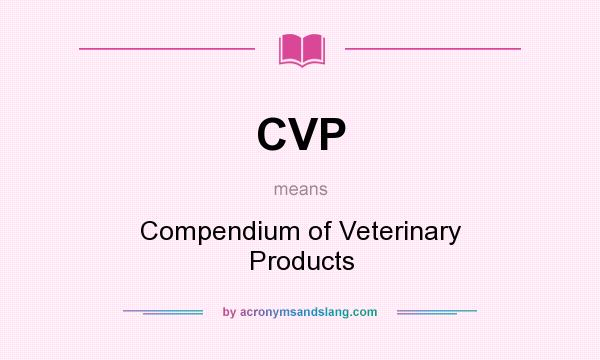

Veterinarians are encouraged to select a suitable skilled compounder who adheres to the Pharmaceutical Society of Australia Practice Standards and Pharmacy Board of Australia Guidelines for Compounding and are members of their relevant professional organisation.Ĭompounding of a pharmaceutical by a veterinarian or pharmacist may potentially infringe current patents. It is recommended that veterinarians using compounded products maintain a professional relationship with a compounding pharmacist to continue to develop their knowledge and understanding of compounding pharmaceuticals. This issue should be discussed with the veterinarian’s own insurer. A veterinarian using a compounded veterinary pharmaceutical must have a clear understanding of whether insurance will cover liability claims for its use, as there are no “registered label indications” on which an insurance company can base their decision on whether a product was used in accordance with best practice. Many pharmacies also have appropriate insurance arrangements in place. Producers of veterinary medicines, whether registered or unregistered, should maintain an appropriate level of product liability insurance. Manufacturers of registered products should ordinarily carry insurance to cover against product liability claims. In most cases the reason that a veterinarian will choose to have a product compounded is that there is no equivalent or suitable registered product available. When recommending the use of any medication, a veterinarian must provide the client with information about treatment options, including advice on what products would best suit the patient. As with all veterinary medicines, compounded products may only be prescribed for the treatment of a specific condition in an animal under the veterinarian’s care.

The compounding of medications is permitted under the current poisons/therapeutic goods legislation in all states, which allow veterinarians to prescribe products which are not registered or in forms which are not registered.Ī decision to use a compounded product should be based on the general principles for prescribing medications as contained in the AVA Guidelines for Prescribing, Authorising and Dispensing Veterinary Medicines, and must comply with individual state legislation relating to the supply and use of veterinary medicines as well as relevant sporting codes.

The Pharmacy Board of Australia has Guidelines on Compounding which address quality standards.Ĭompounding may only be performed by registered veterinarians or registered pharmacists. There is no review by the regulatory authority of the manufacturing and production standards or the materials and methods used to produce the compounded product. Compounded medications are not reviewed by the regulatory authority for efficacy and safety. While pharmacists and veterinarians are not overseen by the APVMA, they are regulated under state legislation and bound by professional codes of conduct.
Compendium of veterinary products registration#
Products that are compounded by a veterinarian, or by a pharmacist on the prescription of a veterinarian, are exempt from registration by the APVMA and are therefore not subject to the same testing regimens as registered veterinary medicines. APVMA registration indicates that the product has undergone a quality assurance assessment, is manufactured to strict GMP guidelines and should be effective and safe when used as directed. The APVMA’s registration process involves an assessment of the product to ensure that it works as intended and the scientific data confirms that ‘when used as directed on the product label it will have no harmful or unintended effects on people, animals or the environment’. Registered veterinary products must undergo a rigorous assessment by the Australian Pesticides and Veterinary Medicines Authority (APVMA) as part of the registration process. Compounding allows a veterinarian to achieve optimal clinical outcomes in cases where registered preparations are not appropriate or are not available. BackgroundĬompounding refers to the process by which tailored medications are produced to suit individual circumstances. Use of compounded drugs in food producing species should be avoided unless information exists to ensure that the maximum residue limit (MRL) is not exceeded.

A compounded medication should only be used if the registered product is unavailable or unsuitable this represents best practice. A compounded product should only be used when no other registered product can effectively treat the condition.


 0 kommentar(er)
0 kommentar(er)
